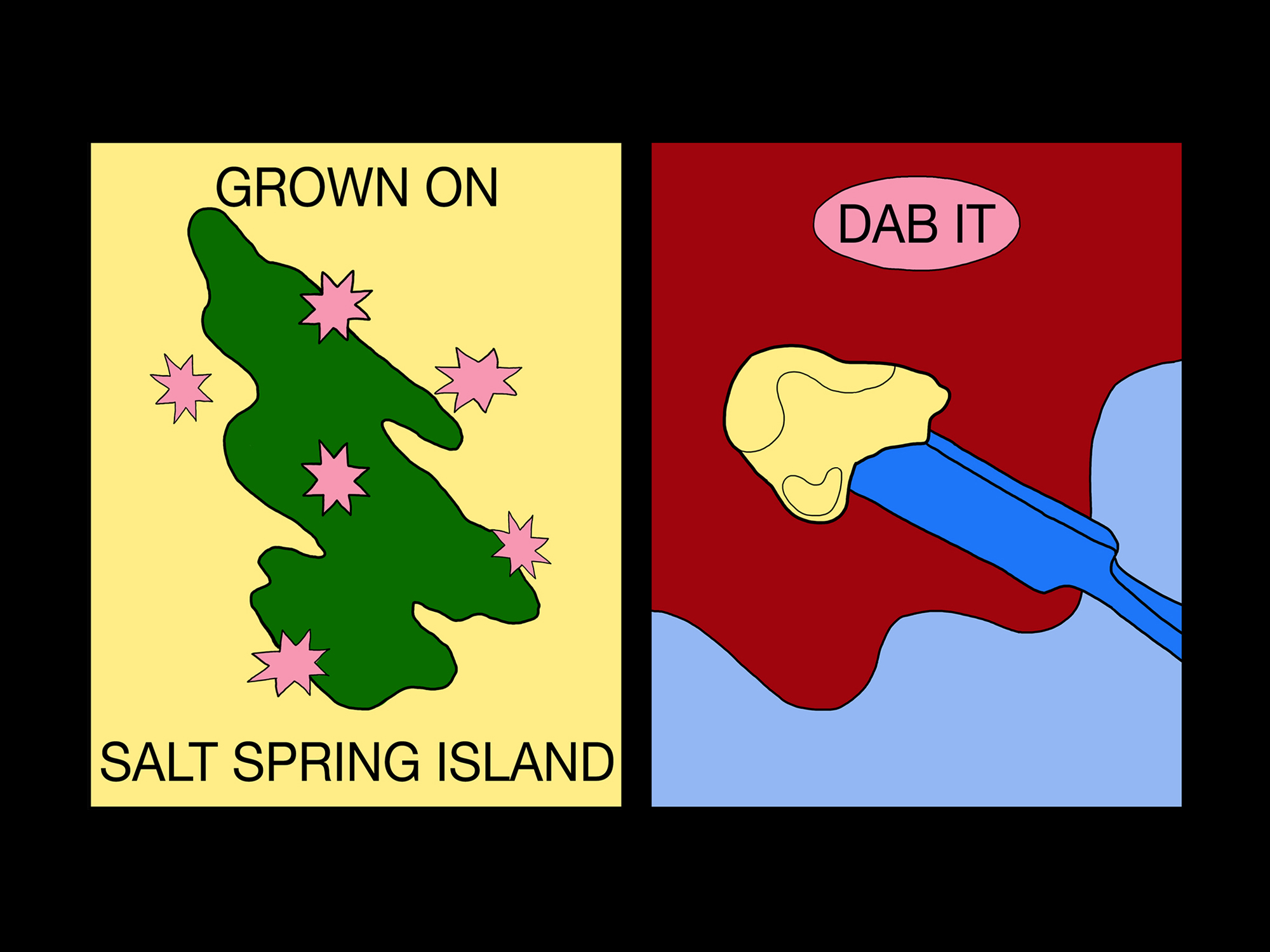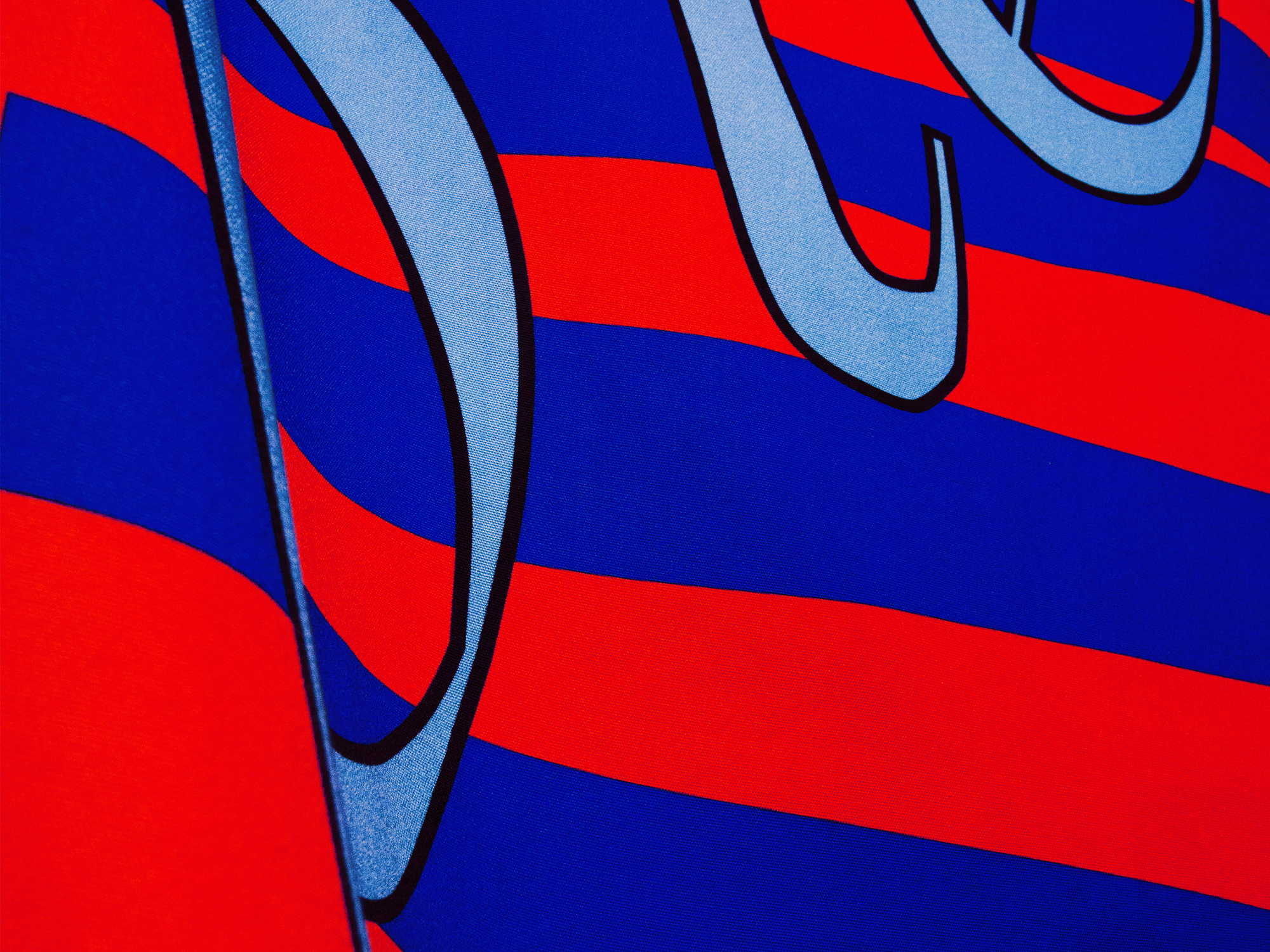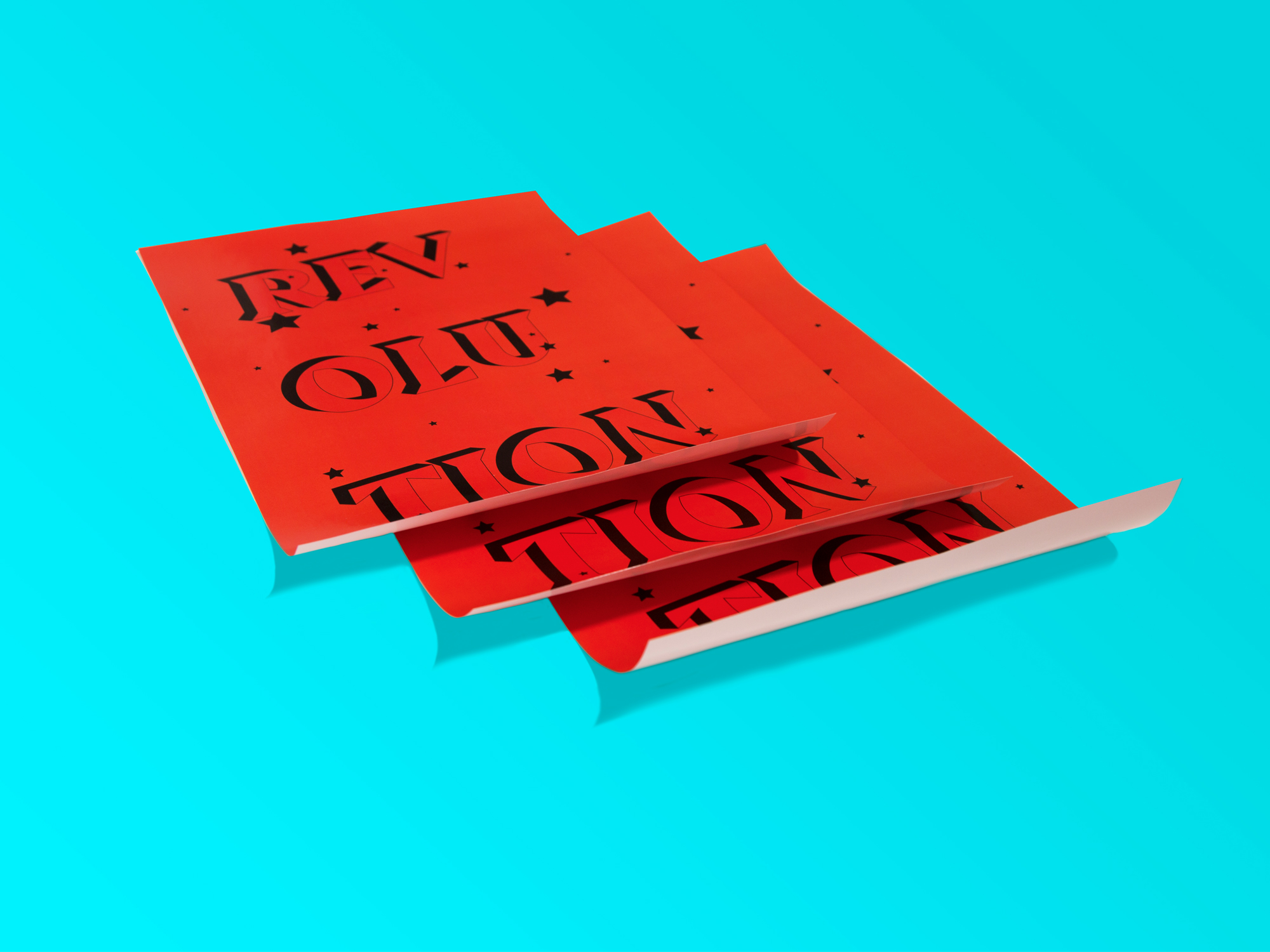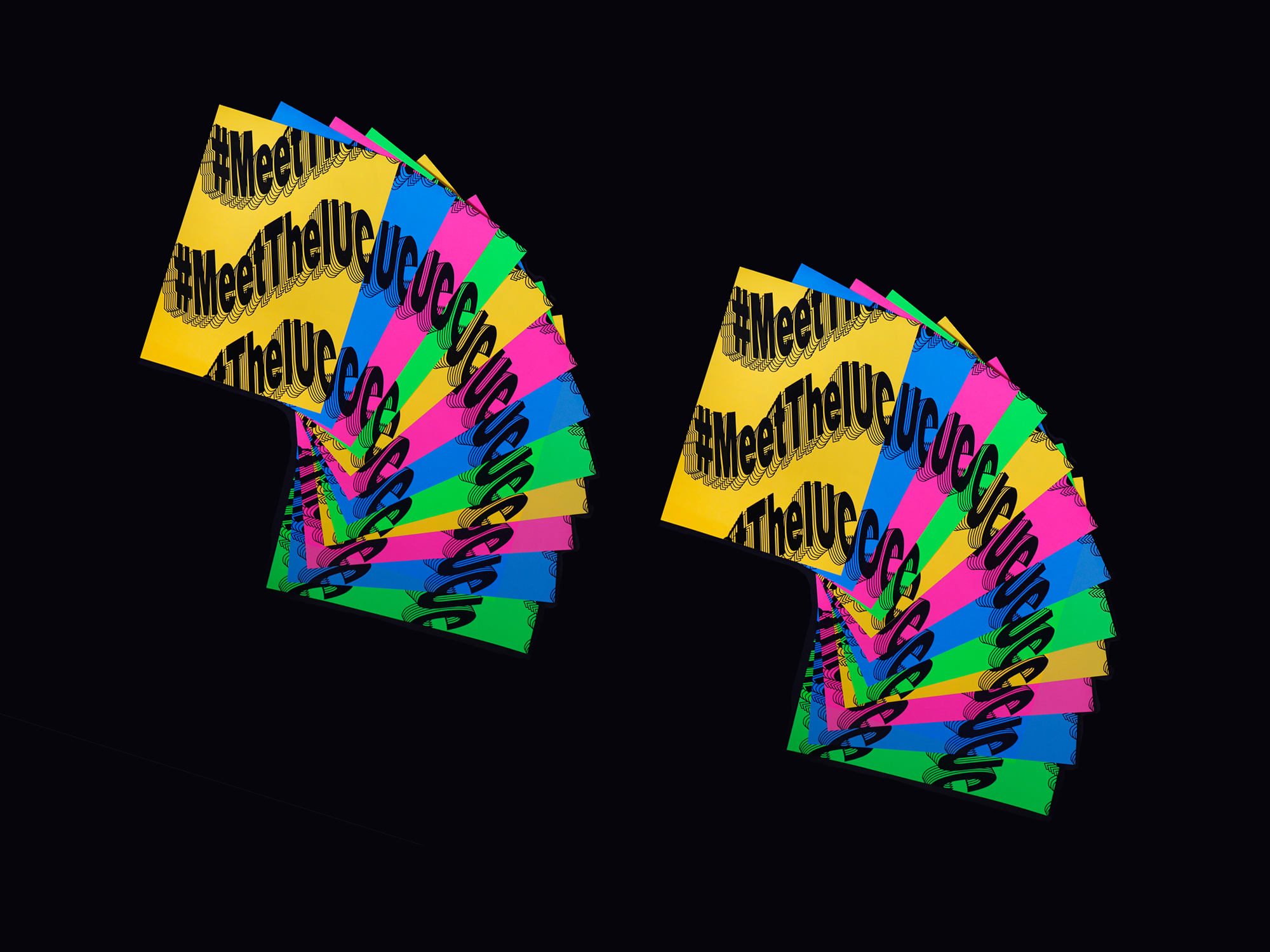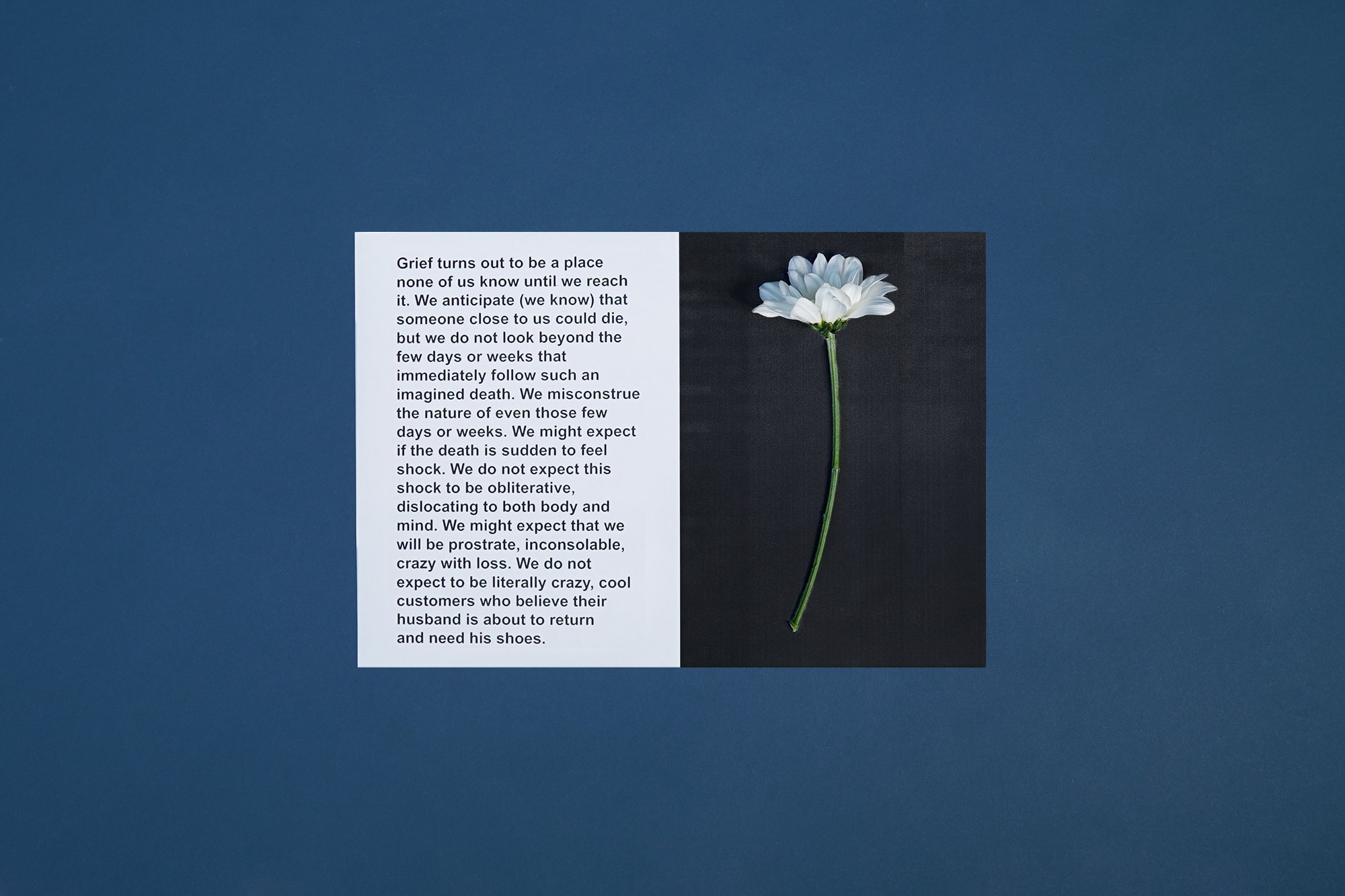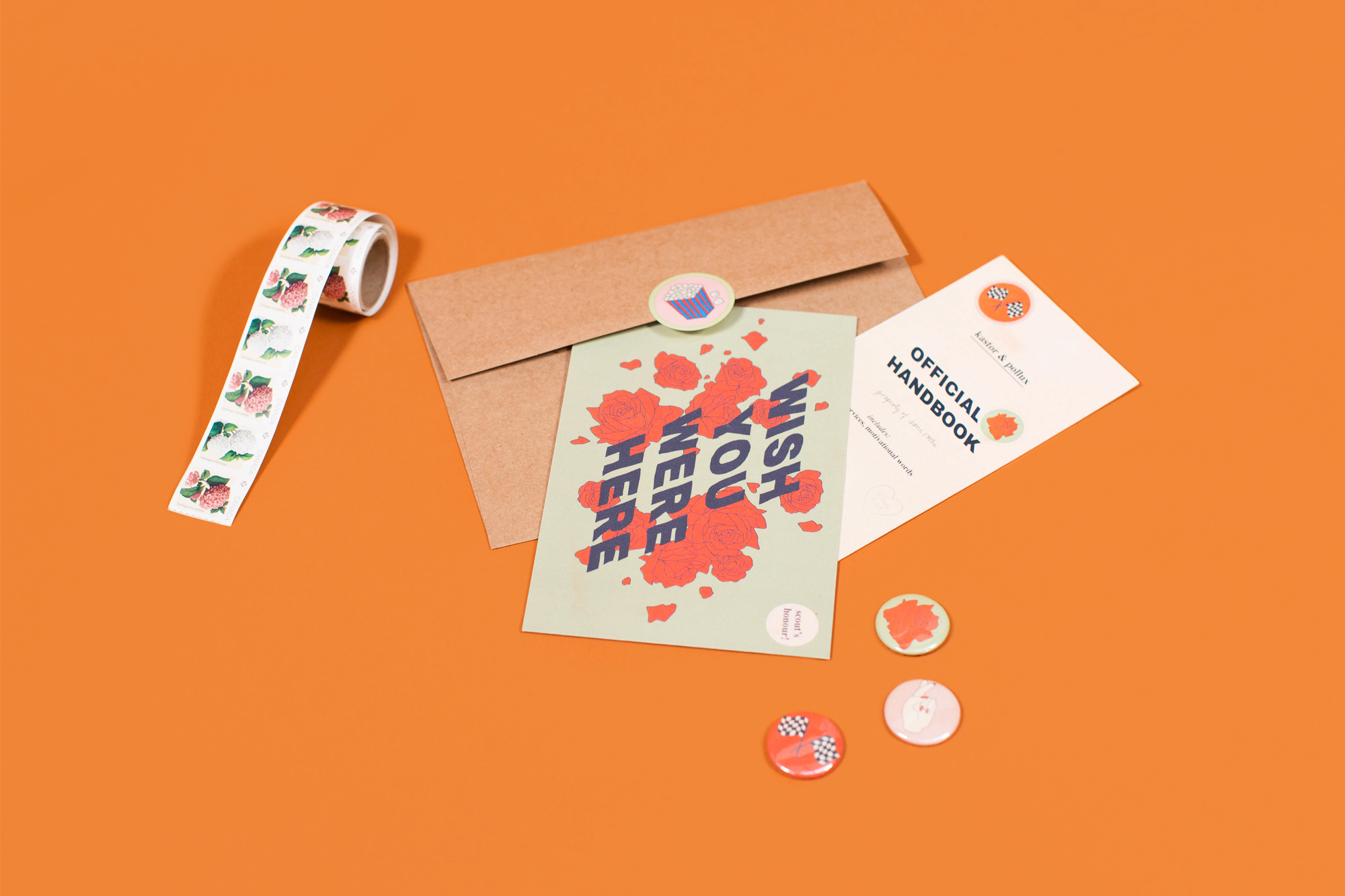Design
Book Report: Difficult Women

Short stories are hard to stay with. They ignite fires that are quickly put out. They also have a tendency to leave me disinterested, shuffling through stories I haven’t given a chance. In Roxane Gay’s new book of short stories, Difficult Women, it is impossible to skim or shuffle past her words. She leaves unanswered questions and develops characters so quickly that you can’t believe you have to part with the complicated women you just met.
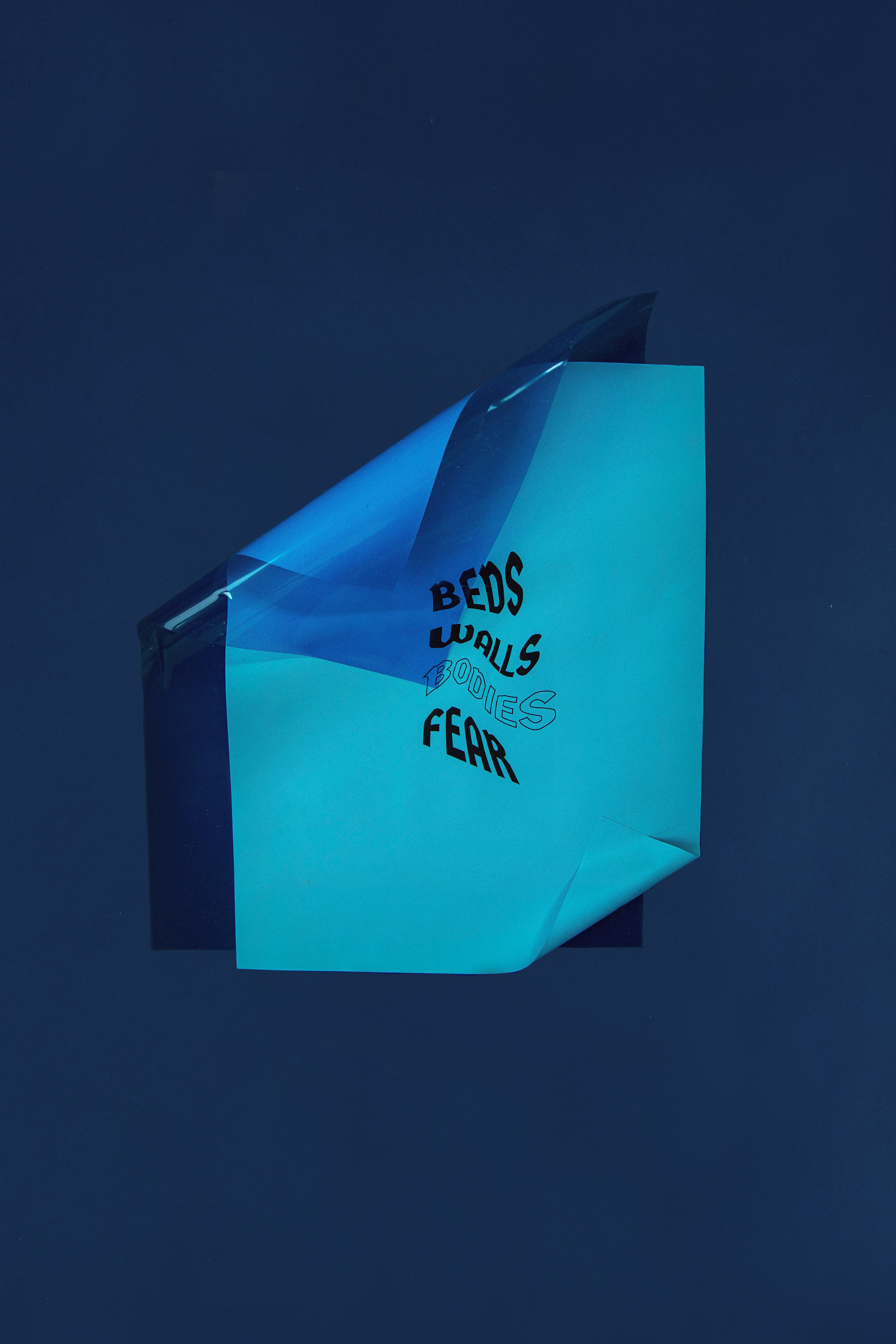
Gay’s writing has the unique power of making you feel everything her characters do. Her acute descriptions of pain or pleasure have the ability to leave you feeling physically nauseas. This book made everything feel so real, as if reading a first hand account of various women’s lives. Gay’s haunting sensory descriptions give her characters power as she puts you in their shoes with lines like, “Sarah focuses on her fury. She lets it bind her chest and her heart. She lets it cover her skin. She feels it in her blood.”
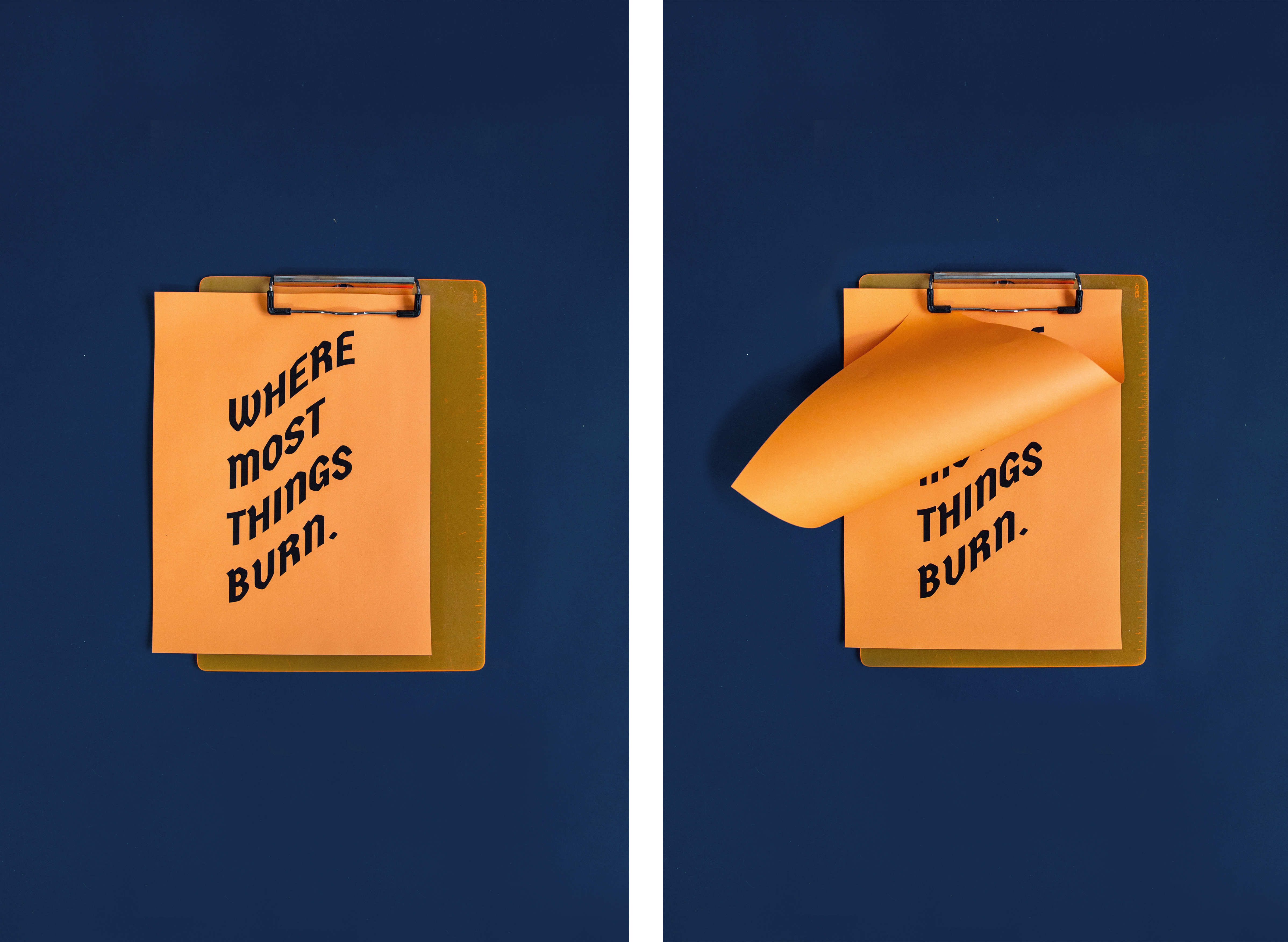
Her writing also does something really important, which is not glossing over uncomfortable subject matter. I remember reading in her 2014 book of essays, Bad Feminist that she was a devoted fan of Law & Order SVU but that she found their use of rape in their plot lines exploitive. Here in Difficult Women, she does the opposite. She gives those victims a name, with complicated histories and strength. Although uncomfortable details are not spared, these women are given power and claim to their bodies again.
Gay creates an important discourse around women’s sexual violence, that empowers the victims in her stories.
All the women are depicted as having control of their bodies even if what happens to them is outside of their control. The women in Gay’s stories have deeply calculated actions and the men are portrayed as weak, secondary characters. In the story La Blanca Negra, about a bi-racial college student paying for tuition by stripping, the main character is a resilient figure who puts up with men’s selfish advances. In the more bizarre story, The Mark of Cain, a woman pretends to not realize that her husband switches places with his twin brother. In Bone Density, a talented writer participates in what she calls “ a terrible cliché” of having a cheating professor for a husband. This character in Bone Density, much like all of the other women in this book, is acutely aware of her surroundings and takes autonomy by saying, “The lie suits us and I refuse to play the part of the dissatisfied, jealous wife. I’m not dissatisfied, I know who I married. And I have secrets of my own.” These women never fall victim to their less than ideal situations.
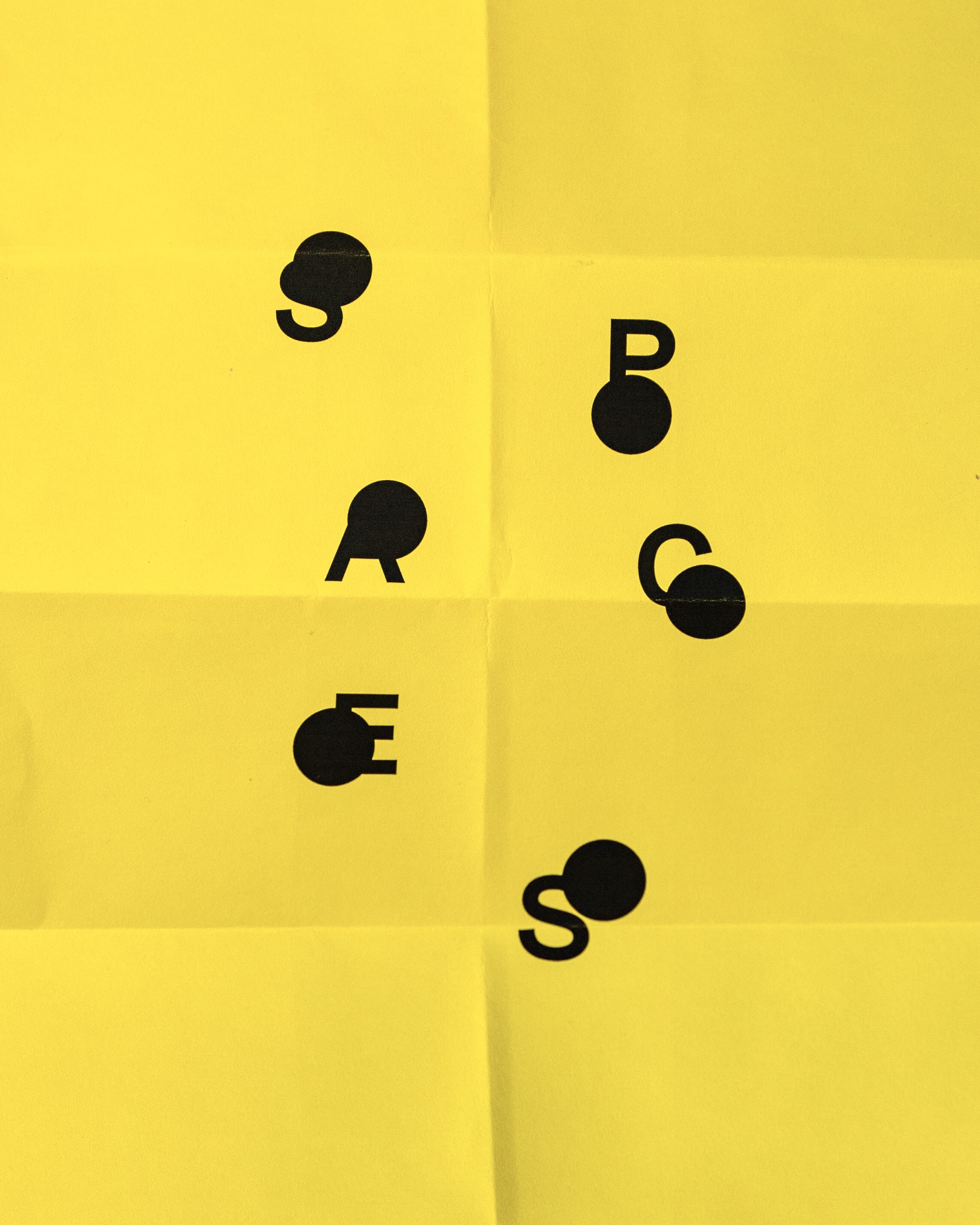
Difficult Women left me not feeling sorry for these characters, but in admiration of the strength it requires to recover and rebuild from such traumatic situations. Stereotypes of what we think and say behind the backs of what Gay calls, “frigid, loose, and crazy women” are tackled throughout the book with unconventional portrayals. By the end of the book, these stereotypes are demolished, and you cannot help but have a new perspective and respect for the difficult women in this book and in your own life.







